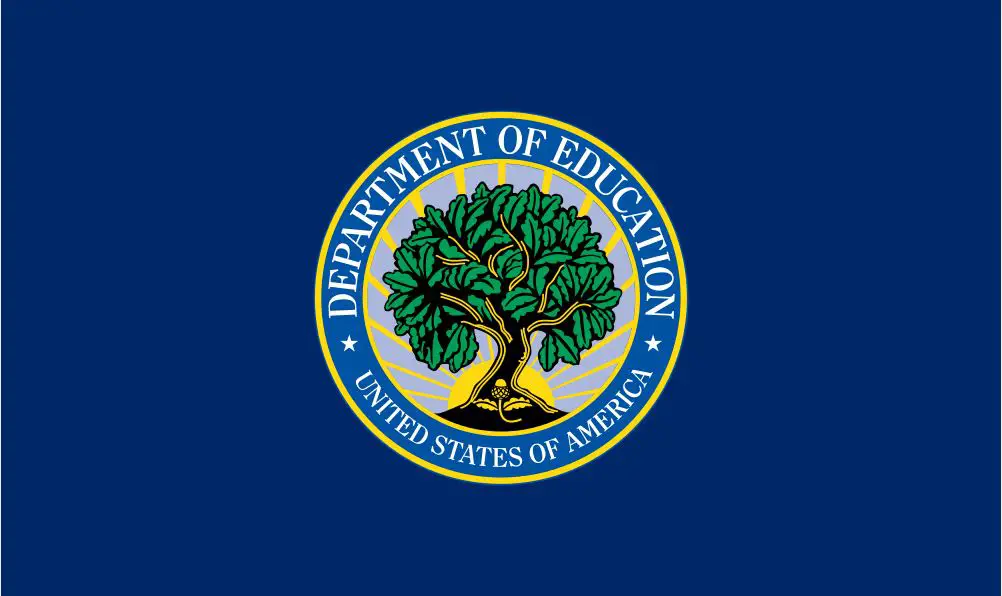Since the beginning of his campaign, Trump’s ideas, stances, promises and proposals have been controversial. Now that Donald Trump is president and survived his first one hundred days in office, the world is anxious to see what is next on his agenda. Among his promises regarding education, Trump declared he wished to ensure that all kids be treated equally, cut the budget of the Department of Education, help low-income families enroll in private and charter schools and reduce the government’s role in student loans among other things.
During his campaign, Trump highlight some of the problems low-income families face when it comes to accessing quality education. Achievement gaps in education disproportionately harm minority students. The previous administration attempted to address this issue by pumping money into underserved schools. Unfortunately, reports show that increased funding did little to improve test scores, graduation rates or college preparedness.
Trumps’ administration has a different approach. They plan to enact reforms that they hope to go to the source of the problem. Numbers show that increasing school options has a positive effect on students. This effect is even greater for poor and minority students. In an attempt to increase school choices, Trump has proposed some surprising budget cuts. By cutting billions of dollars from federal education initiatives, the administration would have money to channel into this school choice initiative. President Trump and Secretary of Education Betsy DeVos want to shrink the federal role in education and give parents more options when it comes to schools.
President Trump’s budget proposal has other repercussions in education. Outstanding student loan debt in the United States stands at $1.3 trillion dollars. It is projected that loan forgiveness programs will lead to $108 billion in student loans being forgiven over the next ten years. So along with the spending cuts to public education to facilitate school choice, the 2018 budget proposal affects education in the following ways.
Grants
The budget proposal eliminates the Federal Supplemental Education Opportunity Grant program. This program supplements the Pell Grant program. The Pell Grant offers to fund low-income students to attend college. The budget proposal says the supplement program is a less-targeted way to provide aid to these students than the Pell Grant.
The Department of Education spent $3.9 billion on the Pell Grant program under President Obama. This is compared to the $15.5 billion spent on it in 2005-2006. The Trump administration wishes to cut the program by $3.9 billion in an attempt to restore pre-2008 funding levels.
TRiO and Gear UP
Trump’s budget proposal also cuts $193 million from the federal TRiO program. These programs are intended to help students from disadvantaged backgrounds attend college. The choice to reduce funding for these programs is based on a lack of evidence that they are actually helping students with disabilities and low-income students from accessing higher education.
This budget cut is also targeted at Gaining Early Awareness and Readiness for Undergraduate Programs (GEAR UP). This program is similarly geared toward low-income students. Despite the annual $1 billion investment, this program shows no evidence of any major effects on college enrollment or completion. The Trump administration sees the program as redundant and ineffective.
Work-Study Program
The Work-Study Program allows students to take on federal funded jobs on or off campus while securing federal student loans. This program does help students finance their education by working while in school. Nevertheless, the administration does not feel it is a justified federal program. This lack of justification is partly due to the fact that some reports show that wealthier students are actually more likely to benefit from the program than low-income students. The hope is that the funds saved by cutting the program’s budget can be channeled more directly to these low-income students the program was designed to help.
The proposed budget would cut Department of Education spending by $9 billion. These proposed cuts are to what the administration considers wasteful education programs. This could potentially hurt low-income students, at least initially until more direct funding programs can be established.
Typically, online degree programs are more affordable and may be an option for students struggling to secure funding for higher education. If President Trump is successful in providing more educational opportunities for K-12 students through more school choices, it may mean low-income students have a better opportunity to secure a good education from an early age leading to more scholarship potential.

















The details in this sponsored “article” are strictly a rehash of this administrations complete lack of knowledge of how higher education works. Let s look at each section.
“Numbers show that increasing school options has a positive effect on students.” This is a very misleading phrase that is continually brought up. School options is in fact charter schools. The proposal is to move $1 billion to the states and into private and religious charter schools from public education. First school options have a limited immediate but non lasting effect. In fact without oversight and accountability charter schools do not work and hurt students education. Second not all states allow charter school via their state constitution. Which means if a state has not adopted the practice they will not be eligible for part of the $1 billion. This means that education dollars will be cut to these states.
Cut to the Federal Supplemental Education Opportunity Grant program because this is a “less targeted way” of paying for school. This language makes absolutely no sense since this program is for students who have extremely unmet financial need. The maximum award for a Pell grant 17-18 will be $5,920 (based on costs). The rules are very clear for FSEOG if a person meets the requirements and there is unmet need this program may be the difference between attending or dropping out of school.
The President’s talking points about TRIO and GEAR UP’s “lack of evidence.” There have been numerous studies by The Institute of Education Sciences is the independent, non-partisan statistics evaluation arm of DOE. Studies find these programs are associated with positive and statistically significant effects on all outcome measures of retention, transfers from two-year to four-year institutions, and degree completion. Gear Up nationwide studies of GEAR UP, it should be noted that currently there are over 200 GEAR UP state and partnership grants, serving over three quarters of a million low‐income students, have found overall disadvantaged students are enrolling in higher education.
The final point is work study. The point in the article says it may actually assist wealthier students. This claim is not based in any fact or reality. Work study is very specifically for a low level of income. In fact work study has been cut over the years and the income qualifications are lower than Pell eligibility. In addition, FWS earnings do not count against the student for the following year’s federal financial aid as working a job will reduce next years aid. Please note there are non-Federal Work-Study (non-FWS) programs at some institutions that are not based on financial need.
I implore anyone reading this article to find out the true facts. The rhetoric in articles like this spouting alternative facts will harm the next generation of college students. You can not just cut programs that have evidence that they are working without expecting drastic results to follow.
The secret of freedom lies in educating people, whereas the secret of tyranny is in keeping them ignorant. Maximilien Robespierre